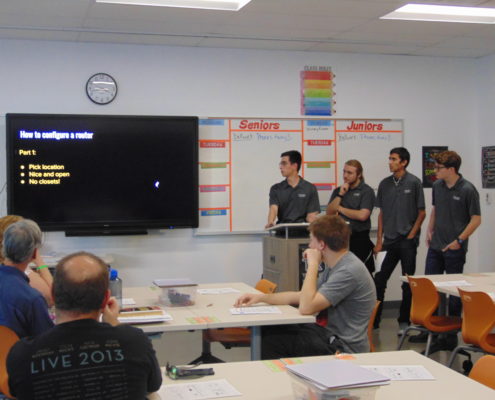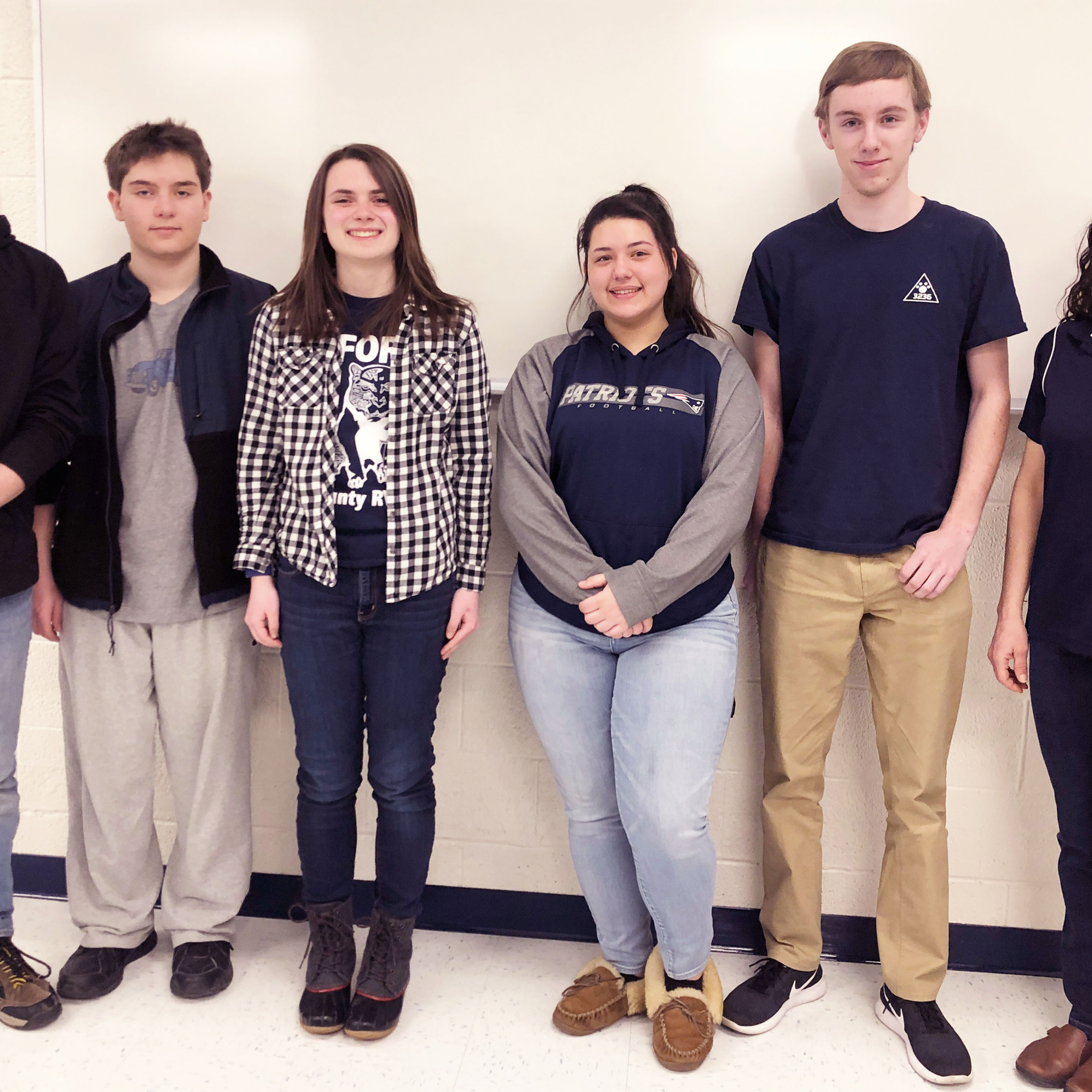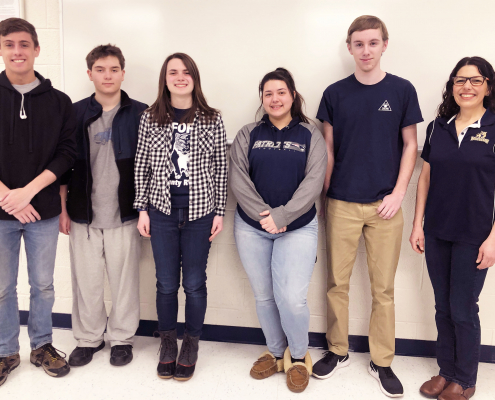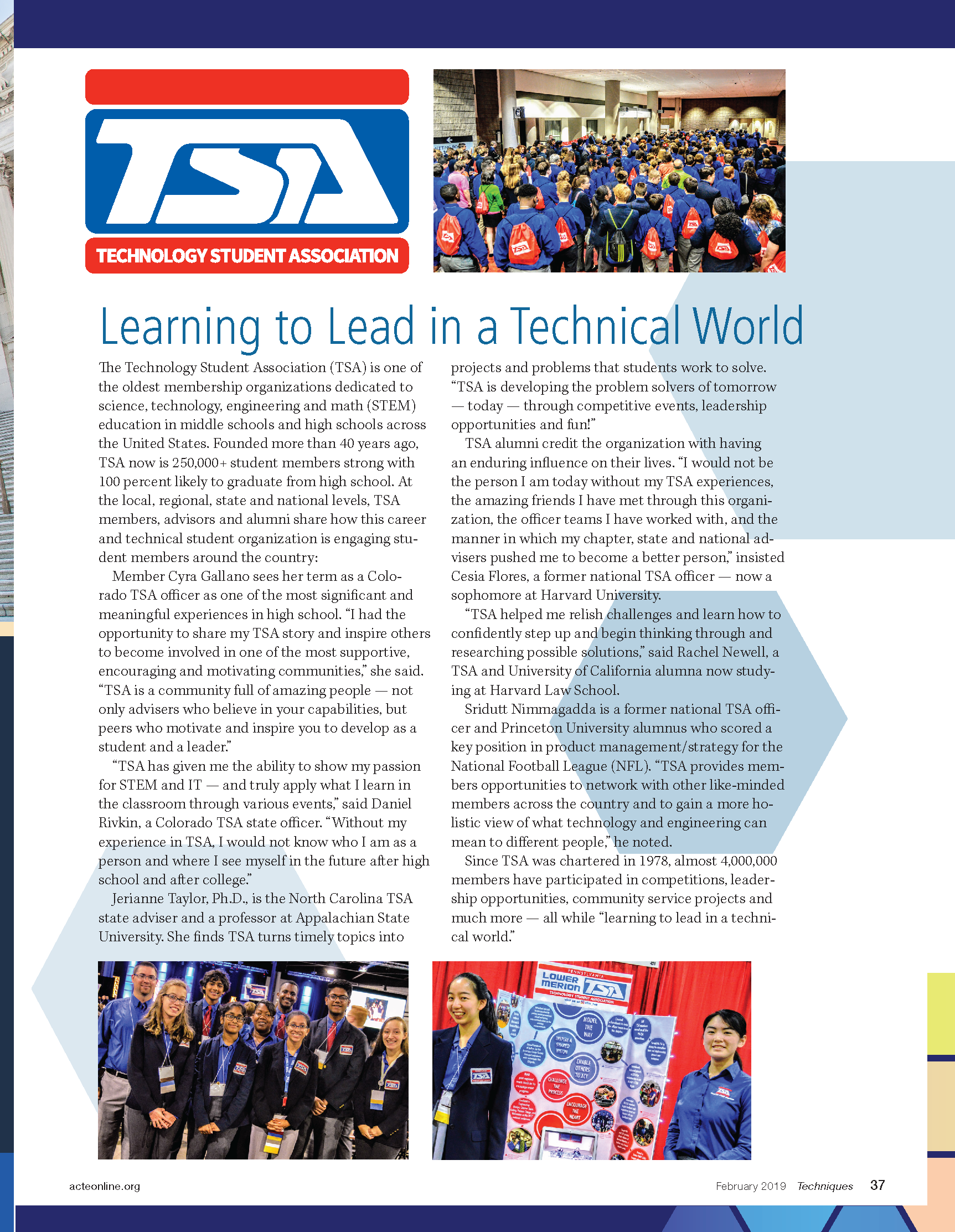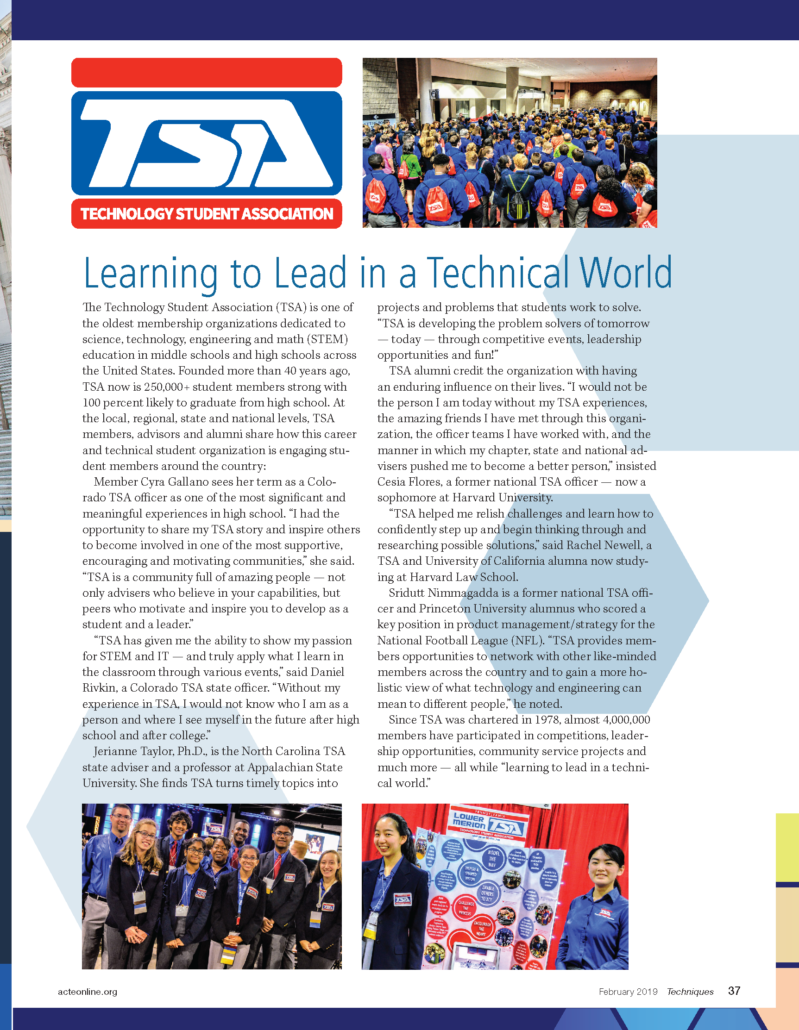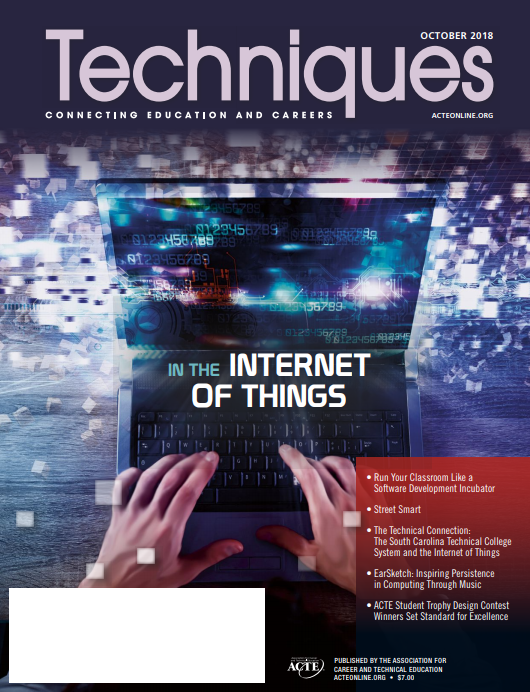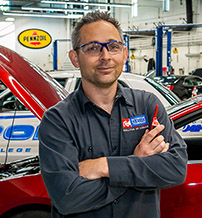 For as long as I can remember, I have been interested in the technical aspects of things. I loved understanding how things worked and I seemed to gravitate toward engines. Although this was a primary interest of mine, everyone always told me that I couldn’t be successful in that field; I was led to believe I needed to go to a four-year university in order to become successful in life.
For as long as I can remember, I have been interested in the technical aspects of things. I loved understanding how things worked and I seemed to gravitate toward engines. Although this was a primary interest of mine, everyone always told me that I couldn’t be successful in that field; I was led to believe I needed to go to a four-year university in order to become successful in life.
Challenges >amp; Misconceptions
In high school I joined the National Guard and, as a result, I purchased my first car. The car was a 1973 Volkswagen Super Beetle that had rotted away, having been forgotten in a barn for 15 years. My father thought it was a great opportunity to learn the value of work. He and I rebuilt the car over the following two years. I remember spending every waking minute and every spare cent I had on the car. It was my pride and joy in life at that time. I finally finished the car during my senior year of high school. Three months later, I learned one of the hardest lessons of my life when I was involved in an automobile accident. 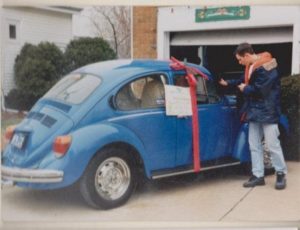
I thought I was invincible but I wasn’t; my 1973 Volkswagen Super Beetle crashed on the expressway and I was thrown from the car at 85 miles per hour. Miraculously I survived but spent the next month in a coma, the following five months in a hospital, and I had to relearn to walk and speak.
My injuries were only able to hold me back for a few years. The accident inspired me to become an advocate, to speak out, to raise awareness of the dangers of driving distracted. I enrolled in the University of Iowa, first to major in pre-law, then history… Five years and several major changes later, I finished a bachelor’s degree in recreational therapy.
After graduation, like many new graduates, I wanted to move to the big city where the opportunities were said to be endless. Chicago was just far enough to not be close. My first job was for the Illinois Department of Corrections, working with violent offenders. I became quickly burned out.
Many of the people I spoke with agreed that I should follow a natural progression to graduate school. I worked hard to obtain my graduate degree, finishing near the top of my class with a master’s in public administration from Northern Illinois University. From this experience, I took an opportunity to travel to war-torn Iraq to help rebuild the government there. I spent additional time living in Jordan as a Peace Corps volunteer.
Upon my return to America, I worked several white-collar jobs. None of these brought me any fulfillment in life. I often laid in bed and stared at the ceiling, telling myself, “I need to make a change.”
A Choice to Follow a Dream
My father was instrumental in teaching me the importance to technical skills, of the value in understanding how things worked, and how it can bring happiness to a person when they know they can fix something. His lessons really sunk in as we worked, over two years, to restore the 1973 VW Beetle; I value that quality time I shared with my father. Now, at 40, I am a strong advocate for the community college system and the technical skill development opportunities they afford students.
After my realization and some research, the diverse course offerings and small class sizes at The College of DuPage led me to enroll in their automotive technology certificate program. After attending my first class, I knew I had made the right choice. I was confident in my decision to make a change, to pursue a career as an automotive technician.
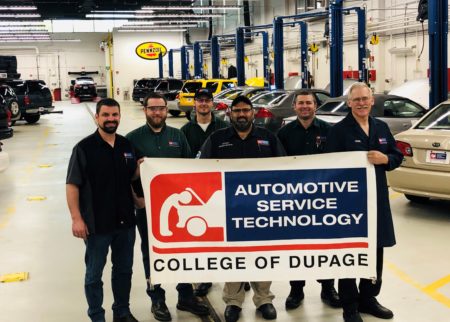
I am now enrolled and taking courses to receive a bachelor’s degree in automotive technology from Southern Illinois University. Until graduation, I work at the College of DuPage as an automotive tutor where I can give back and help make a difference in the lives of the students there.
After graduating from Southern Illinois University, my plan is to obtain employment at a private auto shop and, down the road, I hope to use my previous education in business to open and manage my own shop. I owe a lot of my future success to the career and technical education programs at The College of DuPage and SIU; the automotive instructors have given me the confidence and skills to make a choice to follow my dream.
Ben Pohl is a “moti-spirational” speaker and an automotive technician. Email him.
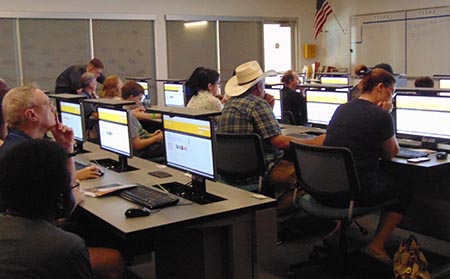
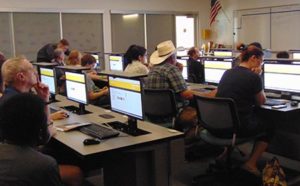 With so many things connected to the internet, we all need to be aware of the dangers. More and more devices are connected to the internet all the time, which means more entry points and vulnerabilities. To secure the many “internet of things” (IoT) connected devices is a major cybersecurity challenge. A cyberattack can take down an entire organization. In fact, it can have a huge impact nationwide.
With so many things connected to the internet, we all need to be aware of the dangers. More and more devices are connected to the internet all the time, which means more entry points and vulnerabilities. To secure the many “internet of things” (IoT) connected devices is a major cybersecurity challenge. A cyberattack can take down an entire organization. In fact, it can have a huge impact nationwide.